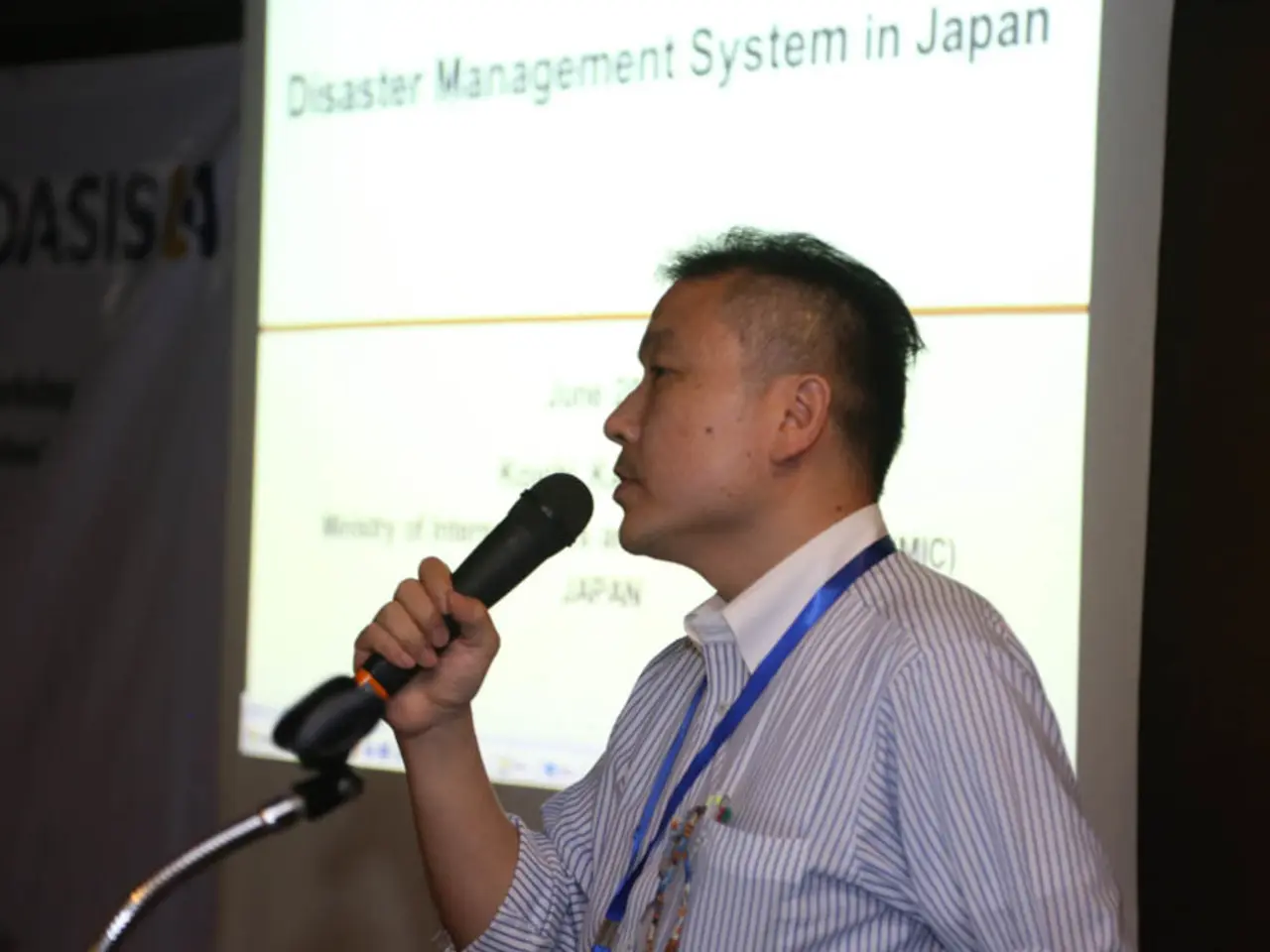Intense Rainstorms in Japan Lead to Flooding, Transport Interruptions, and Landslides
Heavy Rain and Flooding Hit Southwestern Japan, Causing Widespread Damage
As of mid-August 2025, Kumamoto Prefecture and other parts of southwestern Japan, especially Kyushu, are experiencing severe heavy rain and flooding. The situation remains serious, but there are indications that the most intense rainfall warning levels have been partially downgraded while vigilance for ongoing risks continues.
Record Rainfall and Flooding
Kumamoto and nearby prefectures such as Fukuoka and Tamana have experienced exceptionally heavy rain, with Kumamoto receiving over 580 mm and Fukuoka over 560 mm in several days. Both are about three times their typical August rainfall. Tamana City set a local record with 404 mm falling in 12 hours, nearly double their monthly average for August.
Severe Flooding and Landslides
Rivers like the Saigo River have overflowed, sweeping away people and vehicles. Multiple landslides occurred, including one trapping a family in Kosa Town with at least one missing member. Residential areas and roads were submerged up to a meter of water, and infrastructure suffered heavy damage. Vehicle and transport disruptions are widespread, including suspension of Shinkansen train services in Kyushu.
Human Impact
At least six confirmed deaths and five missing persons have been reported, with many rescues ongoing. Over 3 million people in the southwestern regions have received evacuation advisories or orders, with about 384,000 under the highest evacuation alert level primarily in Kumamoto Prefecture.
Meteorological Forecasts
The Japan Meteorological Agency (JMA) issued a heavy rain emergency warning—their highest level—for parts of Kumamoto and continues to forecast ongoing heavy rain through Tuesday afternoon (August 19), with 20 cm of additional rain expected in western Japan. Although the extreme level-5 warning in some areas was downgraded after the peak, landslide risk remains heightened due to loosened terrain.
Ongoing Risks and Responses
In summary, intense rain and flooding triggered by a stalled low-pressure system continues to severely affect Kumamoto and surrounding southwestern prefectures in Japan, with ongoing risks of landslides and floods. Evacuations and rescue operations remain active as heavy rain persists in the short term. Residents are advised to remain alert and follow official safety updates closely.
This report was originally reported by Associated Press by Mari Yamaguchi. The Japanese government has deployed defense troops to Kagoshima to provide fresh water to the residents in the affected areas. Prime Minister Shigeru Ishiba is supporting search and rescue operations for the missing and helping others in affected areas.
Heavy rain is impacting travel during Japan's Buddhist "bon" holiday week. Television footage shows muddy water gushing down, carrying broken trees and branches, and residents wading through knee-deep floodwater. In Kamiamakusa city, approximately 20 people are stranded at a camping site and residential areas, waiting for rescuers. Several other people have been reported missing after falling into swollen rivers in Kumamoto and the nearby Fukuoka prefecture.
Residents are urged to use maximum caution and prioritize actions to save their lives.
Travel advisories are in place due to the heavy rain and flooding affecting southwestern Japan, particularly during the Buddhist "bon" holiday week. The continued downpour is impacting transportation systems, making travel challenging.
Weather-forecasting agencies predict more heavy rain through Tuesday afternoon (August 19), warning residents to stay alert and adhere to safety updates, given the high risk of landslides and floods.








